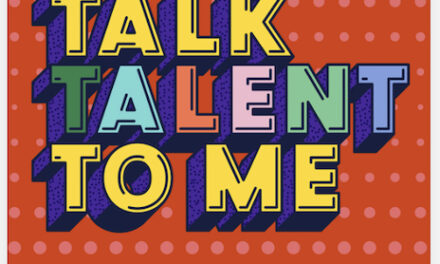Staff turnover is a natural process of the company's workforce voluntarily quitting their jobs from time to time, thus leading the renewal of the company's staff. Any given company's desire to lower the percentage of such turnover is just as natural: when a company's staff body is stable, and the percentage of turnover is low, the workflow is more consistent. Also, the employees keeping their jobs grow professionally in the direction defined by the company and develop both existing and new skills necessary for their work in the company.
Unfortunately, zero turnovers can only be achieved in theory. As for the practice, the turnover risks can be estimated. Such estimation will involve many factors. Let's focus on a specific one: psycho types of the hired employees.
As we know, the notion of psychological types was developed by the Swiss psychotherapist Carl Gustav Jung in his 1921 work “Psychological Types.” This book does read pretty much dated today, but it did give the ground for further research in the field.
Today, Jung's theory has been developed into the Myers-Briggs Type Indicator that describes a psychological type of a person more precisely. These are the four-letter acronyms which probably every HR worker is familiar with. For example, the INTP (Logician) type stands for introversion, intuition, thinking, perceiving.
Psychological types applied to staff turnover
Returning to the staff turnover, as we have stated earlier in this article, a turnover is a number of employees who voluntarily quit their jobs. In other words, staff turnover implies free will by definition. And this is where psychological types enter the stage.
An HR executive is not interested in the psychological type overall, but rather in the specific traits that have to do with the person's performance as an employee, in a broad sense. One cannot but agree that it is the person's psychological type that controls the person's free will and all the decisions that s/he makes. This includes the decision about whether or not to quit the job.
Company role and risk evaluation
So, it is up to the company to evaluate the working conditions on different positions in the company and to find out which psychological types suit best for the position. Here are some of the risk factors to be taken into account in such an evaluation:
- psychological competency. This implies that the position of a worker must ultimately perfectly fit his character. Here, it is not only important of how the people in charge feel about it. It is sometimes more important, how the worker feels about his competence for the position;
- expectations, recognition, and rewards. The employees' knowledge of the employee of what exactly is expected of them, and their confidence that their deeds are duly appreciated and timely rewarded;
- engagement, involvement, and influence. The connection between the employees and their jobs, the role of their jobs in their lives, their inclusion in the discussions about the company's procedures and decision-making;
- workload management and balance. The correlation between the amount of work expected to be accomplished by the employee, and the given resources (time, equipment, etc.) Also, the understanding of the importance of non-job-related matters (family and personal life, hobbies, etc.) in an employee's life;
- the possible amount of psychological support and protection. The supportive environment for the employee's psychological concerns. This includes, but is not limited to, the possibility of the employee to be on the line, ask questions and address issues without fear of being bullied by an authority figure.
Predictive Analysis
Obviously, the best way to avoid the negative drawbacks of talent turnover is to hire the people least likely to quit their jobs. Predictive Analysis is the technology that helps to sort out the ultimate candidates. It involves the following procedures:
- Running predictive software
Instead of just looking at the general aggregations, this software collects all the existing data on all the employees in the history. This helps you get a clearer view of the tendencies.
- Three-dimensional turnover analysis
Here we look at the turnover as a phenomenon in three perspectives:
- turnover history;
- shifts in turnover history;
- the relationships between the amount of turnover and its factors, and the dynamics of these relationships.
- Asymmetric clustering
The clusters to be taken into account do not limit to psychological types. They may involve any aspects you like: age, gender, salary, etc. This allows for a more flexible approach, resulting in a more perspective view.
- Putting Up Scenarios
Having such a perspective view of turnover history, you can rather precisely forecast the future turnover. This means that you will have better chances to cope with the possible unpredicted factors.
Latest posts by Lori Wade (see all)
- Psycho Type As A Factor In The Risk Of Staff Turnover - September 18, 2016













